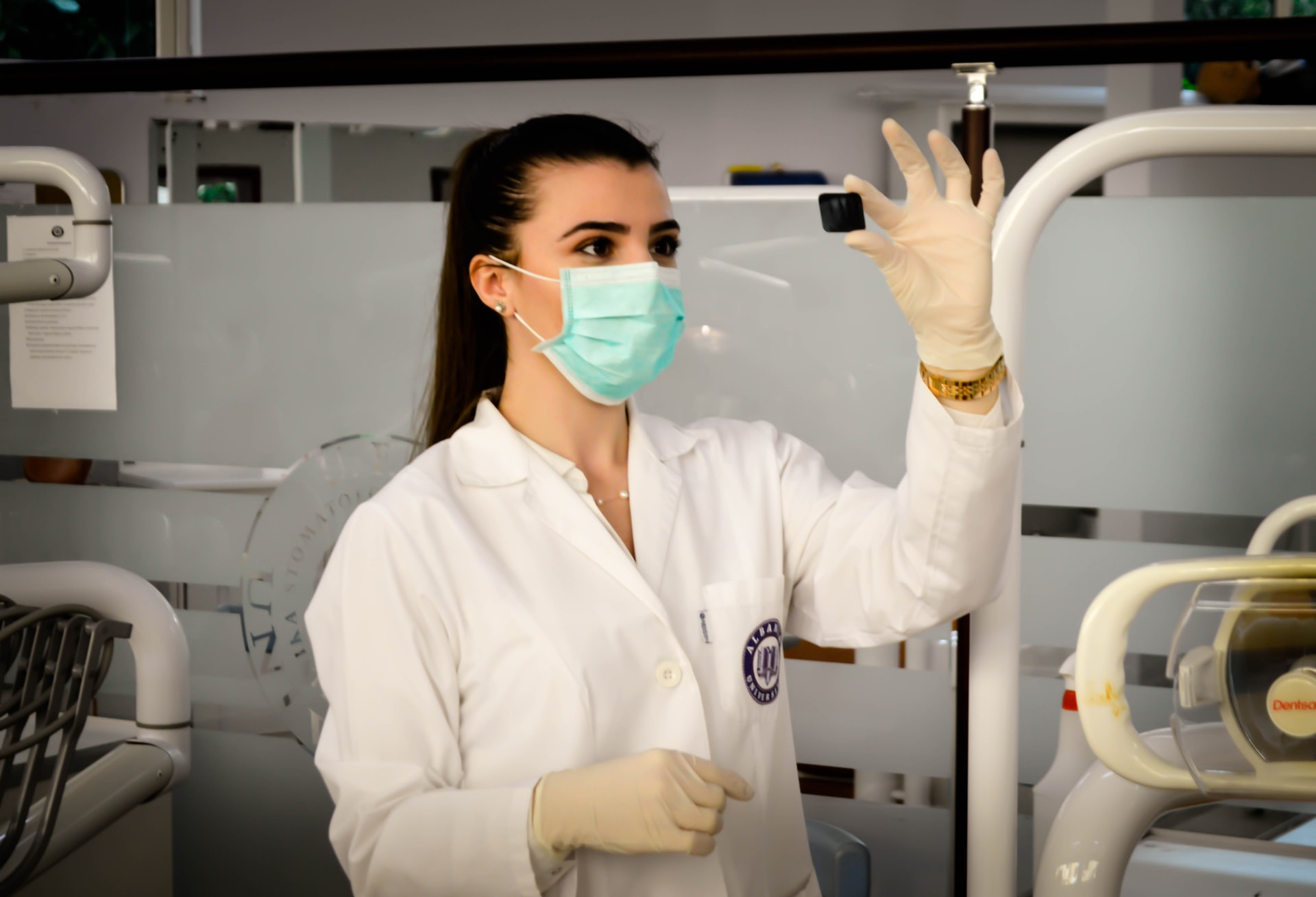Starting a medical delivery service might be a lucrative endeavor. Startup expenditures are frequently minimal. If you’re holding inventory, you can probably get by with a tiny storage room and a small office.
Apart from that, you’re only in charge of vehicle upkeep (if you provide your own), paying your delivery drivers, and locating clients.
However, delivering oxygen tanks and X-rays is not the same as delivering pizza.
There are severe procedures in place to safeguard you, your staff, and your customers, ranging from Occupational Safety and Health Administration requirements to Department of Transportation laws.
Furthermore, simply following the guidelines does not guarantee that your company will attract (and maintain) new clients and quality couriers.
To compete, you must provide timely, secure, and inexpensive delivery while also ensuring that you and your employees are adequately compensated.
We’ll cover the basics in this post so you can get started with your healthcare logistics companies business.
Plus, we’ll show you how to optimize your delivery operations while increasing the profitability of each delivery you make, based on our experience as a route management software firm.
Starting a medical delivery service from the ground up
To start a new business, you must go through hundreds of procedures, including choosing a business name, printing business cards, establishing a social media presence, and writing a business plan.
However, in this essay, we’ll focus less on the general business tasks you’ll need to complete and more on medical delivery advice. For medical delivery service, here are some tips on legislation, clientele, and hiring.
Understand the rules and legislation.
You’re dealing with medicinal materials when you manage a medical courier service. This includes oxygen tanks, medical samples (such as blood and other biological material containers), hypodermic needles, and other delicate items.
 What happens if a piece of equipment is dropped by one of your courier drivers? What happens if the cargo is not kept at the right temperature? How often should you check your oxygen levels? What do you do with documents that contain your customer’s name and medically sensitive data?
What happens if a piece of equipment is dropped by one of your courier drivers? What happens if the cargo is not kept at the right temperature? How often should you check your oxygen levels? What do you do with documents that contain your customer’s name and medically sensitive data?
The good news is that there are answers to all of these issues; it’s up to you to learn them and ensure that your medical courier service is legal.
If your company is based in the United States, most of your standards are defined by organizations like HIPAA, OSHA, and the Federal Motor Carrier Safety Administration, however each state’s Department of Transportation may have extra legislation.
Online certifications are available to assist you in becoming qualified to deliver medical supplies. Even if you plan to hire drivers, this will be a beneficial investment for you because you’ll be the one who defines and enforces business policies.
Avantor is one of the most popular certification training websites we discovered.
You can receive certification in biohazard containment, HIPAA Compliant Patient Confidentiality, OSHA Blood Borne Pathogen Handling, and more through Avantor and related sites.
These qualifications will go a long way toward assisting you in obtaining new clients, which we shall discuss next.
Obtain new customers
Your medical delivery service could have a variety of clients, including:
- Hospitals \sLabs
- Assisted living facilities
- Clients (residential addresses)
- Dentistry, surgery, and other private practices
We previously produced a guide to assist delivery services in attracting new customers.
Creating an internet presence (such as a company website) optimized to show up in Google when people search for medical couriers in your area, cold-calling relevant businesses, and networking with healthcare experts are all common techniques for medical delivery services.
Click here to read our post on obtaining new courier contracts for additional information on all of those methods.
Drivers should be hired and trained.
You can post a job ad on prominent job-search sites like Indeed, LinkedIn, and Glassdoor if you need to hire delivery drivers for your company.
Make your ad as specific as possible, giving special attention to what an applicant requires to be a successful candidate.
A job post for a medical courier handling CPAP devices, for example, can be found below. The commercial does a fantastic job of describing the scope of the courier’s CPAP machine service, from setting them up to teaching the patient how to utilize them.
Other jobs, like this one for a medical courier, are more straightforward:
The driver’s only responsibilities include picking up and dropping off lab specimens on the same route Monday through Friday.
The remuneration is also listed, although it appears that the driver is liable for his or her own fuel. We propose being more specific in your job ad regarding the required pay and costs, so the prospect knows what to expect in terms of overall remuneration.
Include any requirements in the ad, such as a valid driver’s license, a clean driving record, a car insurance policy (if they’re driving their own car), and any background checks you’ll conduct before making an offer.
It’s critical to provide enough training to ensure that the driver you hire continues on your team as a happy and productive courier. Don’t think that someone with courier experience will automatically understand your needs.
We created an entire essay about how to train new delivery drivers on your procedure, but the most important point is that the technical side of the job is quite simple to teach.
This is especially true if you’re utilizing Circuit, an easy-to-use delivery platform that works with all major GPS navigation tools, including Google Maps and Waze.
Training your new delivery driver to treat their route like their own little business can be more difficult. However, your courier will be the last person your consumer sees. This implies that everything they do, from how they dress to how they answer inquiries to how their vehicle looks, leaves a lasting impression.
If you can create a culture where your courier realizes that when they make a delivery, they are representing your company, you will be putting them (and your service) up for success.
Circuit was created with the intention of being a route planning tool for delivery drivers who wished to improve their routes. Delivery drivers can save time and money by planning the quickest and most effective route feasible.
One of our customers, for example, is a courier who was able to treble the amount of deliveries he could make each day after using our route planner. This meant lower costs and higher profits.
We noticed there was a need for a more advanced delivery management solution after talking to our customers – one that helped delivery teams manage all areas of their delivery process.
As a result, we created Circuit for Teams, a route management system that allows dispatchers, planners, and business owners to manage numerous drivers and their daily routes via our mobile app, which is accessible for both iOS and Android smartphones.
Circuit for Teams can help your new medical delivery service:
- Improve delivery routes.
- Keep an eye on your current routes.
- Provide real-time status updates to customers.
- Obtain a Proof of Delivery
Let’s look at how each feature benefits your company.
Route improvement
Circuit can help you plan the quickest path for your delivery service. This means you — or your drivers — will save time when it comes to completing stops. Our route planner has saved delivery teams and drivers an hour each day on average, but actual labor savings could be significantly higher.
There are two ways to save time:
- Route planning takes you less time.
- It takes less time for your drivers to finish their routes.
When one of our customers, a non-profit response group that supplied prescription medication to its community during COVID-19 lockdowns, switched to Circuit, they saved 12+ hours per week in route planning alone.
They had to design routes manually before Circuit (using a combination of pen, paper, and Google Maps to plan multi-stop routes).
But planning routes like that takes time, and there’s no way of knowing if you’re actually designing the most efficient path imaginable.
Our route planning algorithm can produce the fastest route feasible in seconds when you use Circuit.
You can load addresses into our web app by importing a data file (.csv, .tsv, .xls, or .xlsx).
You can also manually enter addresses, which is fantastic. This allows your drivers to add addresses to their route after they’ve already begun their day. Circuit will then make the necessary changes to the route.
Plus, we employ the same auto-complete technology as Google Maps, which means Circuit will recommend the most likely destination as you fill in an address.
You can then customize your parameters after the addresses have been loaded into Circuit.
You can use Circuit to set:
Priority stops: This instructs Circuit to prioritize one stop over all others. This is ideal for accepting customer rush orders, such as blood samples that must be provided immediately.
You can set up time windows so that deliveries happen when a doctor’s office or lab is open.
Time spent per stop on average: Some deliveries take longer than others. Your delivery drivers’ optimum route will fluctuate dependent on traffic patterns if they spend an average of 15 minutes at each visit. You may help Circuit generate a better-optimized route by setting your average time each stop.
You can assign your route to your drivers after you’ve designed and optimized it. They can begin making deliveries after logging onto the Circuit mobile app.
 Route surveillance (driver tracking)
Route surveillance (driver tracking)
From medical equipment to maybe even prescription medication, your medical delivery service business will be handling sensitive — and pricey — products.
Circuit for Teams allows you to keep track of your drivers in real time. This allows you to see where your drivers are as well as their destinations. Our route monitoring capabilities show you where they are in relation to the route, so you can see which stops they’ve visited, which stops they’ll visit next, and an accurate ETA.
Not only does knowing where they are provide you piece of mind, but it also means that if a customer asks for an update, you can simply refer to your route monitoring dashboard rather than interrupting your driver’s work.
However, giving out order tracking updates, which we will discuss next, is another option to handle consumer inquiries.
Order monitoring
Whether you’re delivering to a residential or commercial address, customers want to know when their package will arrive. This allows them to schedule their day, have lunch when it is convenient, and ensure that they will be present to receive the item.
Circuit for Teams can be used to communicate delivery updates to your consumers.
When the driver begins their trip, the first alert is sent out. (Alerts can be received via SMS, email, or both.) Your customer will receive an ETA based on the Circuit-optimized route. They also receive a link to a tracking dashboard where they may track their delivery in real time.
When your delivery person is close to their destination, the consumer receives a second alert. When the driver is roughly 10 minutes away, the second alert sounds.
These alerts also allow the consumer to contact directly with the driver. Assume your medical courier is delivering oxygen tanks to a patient in hospice care at a residential residence. If the alerts are sent to the hospice nurse, she can inform the driver that the patient is finally receiving some much-needed rest and request that they not ring the doorbell when they arrive.
These small details will help your courier business stand out, resulting in favorable word-of-mouth and, hopefully, recommendations that will help you grow.
Delivery confirmation
Circuit for Teams can be used by your medical delivery service to record electronic proof of delivery (POD).
This POD can be a signature or a photo (the consumer signs their smartphone with their finger).
With medical specimens, however, your courier is unlikely to leave a delivery at the door and take a photo. However, some customers may prefer contact-free delivery, in which case leaving the gift at the door and taking a photo is the next best option to certify that the parcel was delivered.
The copy of the POD is given to your customer and maintained in your Circuit dashboard for a convenient reference, regardless of how you gather proof of delivery (by signature or photo).
We’ve helped all kinds of courier and delivery companies scale up and streamline their processes by merging these fundamental features of last-mile delivery into one mobile and online app.
Circuit helped one of our customers, a bicycle courier company that delivers prescription medication in a big metropolitan city, expand from a two-person delivery firm to a company with ten drivers making up to 400 deliveries per day.
Last words: establishing an effective medical delivery service
When you’re starting your own medical delivery service, there’s a big list of things to complete, just like any other form of business.
There are administrative tasks (naming the company, deciding on a tax filing status), marketing tasks (building a social media presence, running ads, networking), and managing your company’s last-mile delivery operations (bringing the package to its final destination).

